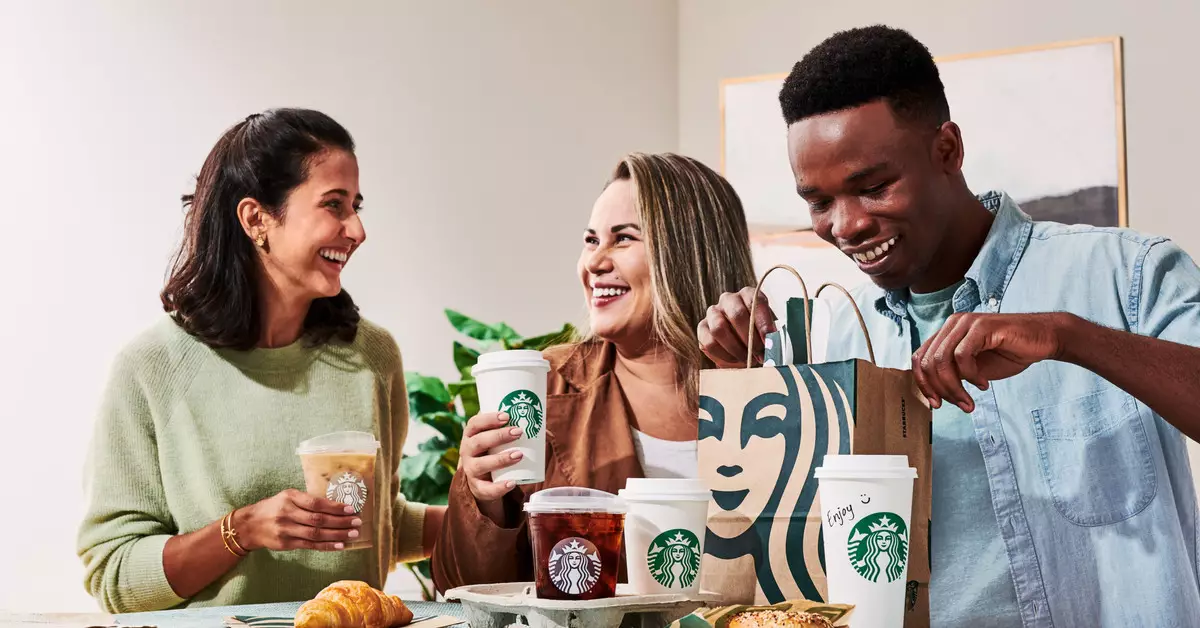In a significant move to enhance its customer experience, Starbucks has partnered with DoorDash to allow delivery orders directly through its app. The program, currently available in select locations across the United States and Canada, marks a new chapter in how customers access their beloved coffee. With this feature, Starbucks presents an intriguing option for those craving a quick caffeine fix without stepping out of their homes or offices.
Previously, Starbucks’ app only offered the functionality to order ahead for in-store or drive-through pickups, leaving many users reliant on third-party services for home delivery. Now, with a seamless interface mimicking DoorDash’s, consumers can easily toggle between pickup and delivery options. This integrated approach aims to streamline the coffee-buying process, allowing customers to navigate effortlessly between different fulfillment methods. However, while this change might captivate many, the cost of convenience raises eyebrows.
Delving into the specifics, the financial implications of the service are substantial. Customers will face a delivery fee of $1.99, alongside a small order fee of $2 for purchases under $10. A notable 15% service charge levied by DoorDash adds another layer of expense, which combined with additional regional fees—such as the $4.99 charge seen in Seattle—could inflate a straightforward coffee order to an exorbitant sum. For instance, a standard peppermint mocha priced at $6.55 can quickly balloon to nearly $20, leading consumers to question whether this convenience is truly worthwhile.
For many coffee aficionados, this experience shines a light on the economics of convenience. Those in delivery areas may find that ordering several drinks for a group can justify the fees better than a single beverage. However, less frequent consumers might reconsider their priorities and opt for brewing coffee at home instead. This shift away from premium coffee experiences, largely driven by the cost of delivery, exemplifies a larger trend in consumer behavior where affordability and practicality often dictate choices over indulgence.
As Starbucks navigates its new delivery landscape, customer response will be crucial in determining the program’s long-term viability. The evolving preferences of consumers in the wake of the pandemic highlight a demand for convenience without sacrificing quality or affordability. Starbucks must balance its brand image as a premium coffee provider with the realities of an increasingly price-conscious clientele. Offering reasonable delivery fees and ensuring competitive pricing for popular items could be essential steps in capitalizing on this new delivery feature.
Overall, Starbucks’ new in-app delivery feature introduces a mixed bag of convenience and cost. While integrating DoorDash into their app aligns with modern consumer demands for instant gratification, it simultaneously raises questions about the trade-offs involved. As the coffee giant expands this service, its success may ultimately depend on how effectively it manages the delicate balance between convenience and accessibility for its diverse customer base.


Leave a Reply
You must be logged in to post a comment.